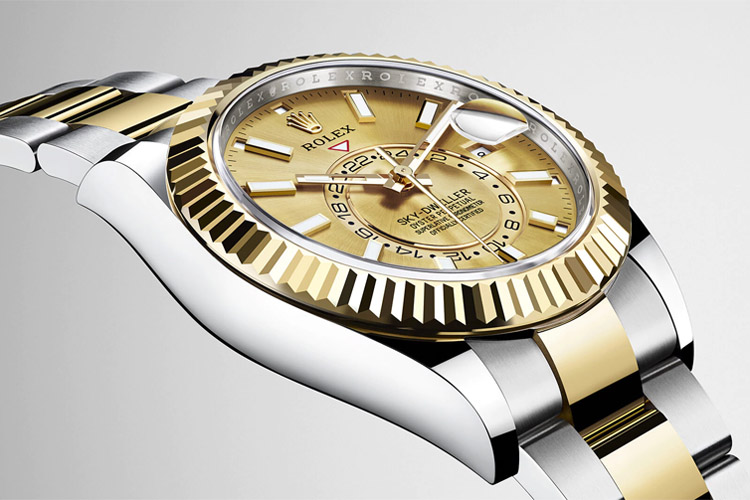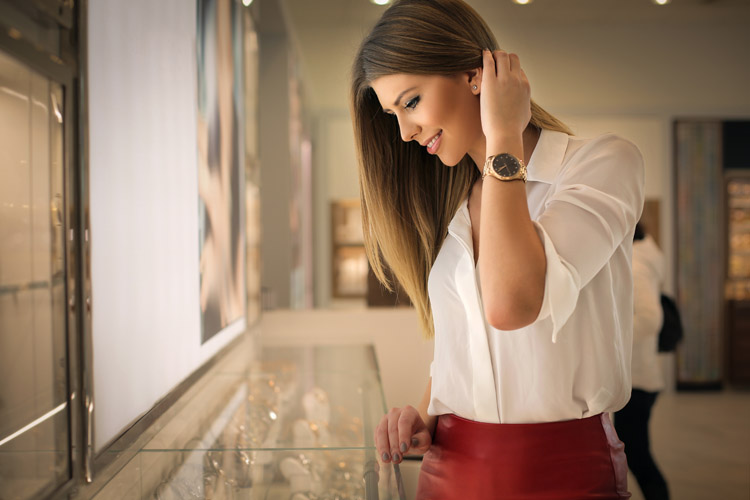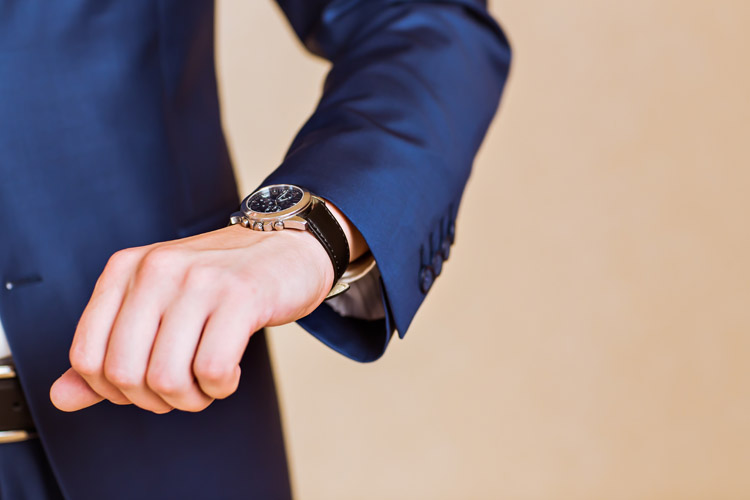Luxury watches, new or vintage, are beloved by collectors worldwide. Unfortunately, however, the market is flooded with deceiving counterfeits along with exquisite originals.
As fake high-end watches become more and more convincing, extra care must be taken when buying a piece. If you are looking for a new wristwatch or plan to invest in a collector’s item, here are seven steps to identify and avoid counterfeits:
1. Do Your Research
The first step is to gather detailed information about what you intend to buy. Next, you should learn what the models you are looking for should look like and how they should sound, weigh and feel.
You can search through the brand’s websites or online auction databases to gather images and learn the prices for the pieces sold.
You should also look for details of that specific brand or model that would give away a fake watch, like stamps, engravings, and the type of clasp, backing, or bracelet.
The more you know about the brand and what to expect from the piece you are searching for, the better equipped you will be to confirm whether it is the real deal.

2. Know Your Seller
Always look for well-established, reputable sellers, whether online or at a store. When it comes to new watches, the best option is to find an authorized dealer.
Researching and choosing a reliable seller beforehand will highly increase the safety of your purchase and reduce the chances of buying a counterfeit piece.
Always suspect stores whose location and decor don’t match what is expectable from a reliable luxury seller. When searching online, avoid providers with little feedback or low reviews, low-resolution images, and a lack of detailed information.
3. Pay Attention to the Details
Now that you know what to look for, it’s time to be thorough. Counterfeit pieces are made to mislead the buyer, so it is essential to verify some critical details, such as:
- Engravings and Stamps. A fake watch isn’t made with the highly strict quality requirements of original luxury pieces, so obvious spelling or engraving mistakes, for example, will give it away. Each brand places stamps of authenticity on different parts of the watch, so it is vital to know the specifics of the brand and model you are searching for beforehand. Once you identify the stamps and engravings, pay close attention to them. Are the logos properly centered? Are the engravings crisp and easy to read? Does the typeface match the brand’s shape and size? Are there any spelling errors?
- Materials. Original watches will display high-quality materials and distinct markings on the bracelets and clasps. Brands like Rolex, for example, don’t have glass backings, except for a rare model from the 1930s. If you are handling a new Rolex with a clear case back, it is likely fake. When the color or finishings seem off, the links of the bracelet don’t move smoothly, or the clasp looks too simple and misses the brand’s standards (a stamp inside the folding mechanism, for example), or there are scratches and signs of peeling, the piece may be counterfeit. The face of a genuine designer watch is usually made of precious materials. A fake watch’s face will display a different tint, for example, because of the lower quality materials. Gold watches should be hallmarked, and you should be aware of watches sold without a case or with poor packaging;
- Movement and Sound. Luxury watches are usually very quiet because of their smooth and highly complex mechanisms. A loud ticking sound may indicate you are dealing with a counterfeit. The movement of the watch is usually a good indicator of its authenticity, so you can have the internal mechanisms of the watch checked by an appraisal. A mechanical movement sweeps smoothly around the face, whereas a quartz movement ticks between points. Another warning sign to look for is when some of the watch’s functions, like sub-dials, don’t work;
- Weight. Fake watches are made with cheaper materials, so they tend to be lighter than the original;
- Serial Numbers. Start by verifying if the serial number is placed where expected. Then, look if the serial numbers on the case and bracelet match. You can also check the serial number directly with the manufacturer;

4. Look for Certificates
Not all vintage watches will come with a certificate of authenticity, but this documentation is always recommended.
A valid certificate of authenticity will allow you to establish the value of the piece better and increase its value in the future, as it provides a solid history of the piece.
5. Learn the History of the Piece
When it comes to collector’s items, it is important to know the provenance and past of the piece.
Sometimes, it may be confidential, but be aware if the seller doesn’t know the piece’s history or its previous owners and location.
6. Ask for Professional Help
Always consult a trustable appraiser if you have any doubts concerning the piece or its value. They will help you determine whether the item is, in fact, original and if you are getting a fair price.
Inspecting the mechanism is also always a good idea because it is a safe way to spot an exceptionally well-made imitation that may otherwise be undetected.
7. Be Wary of Cheap Offers
Be very wary of cheap offers and rushed deals. Buying a wristwatch should be a pondered and careful process, made upon extensive research.
If you feel forced into a quick decision, or if the price is too good to be true, walk away from the deal and review the steps above before making any decision.




